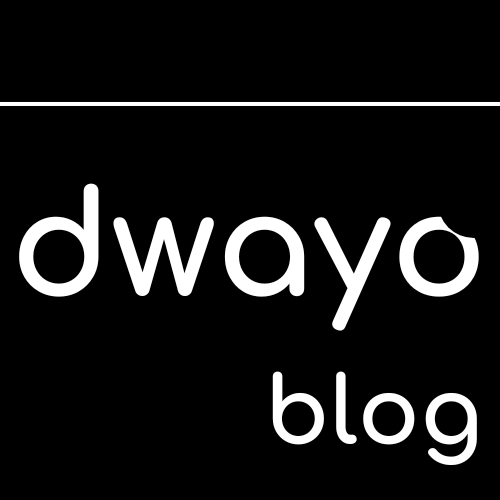Dialogflow, a robust natural language processing (NLP) platform by Google Cloud, empowers developers to craft engaging conversational interfaces such as chatbots and voice-controlled applications. In this technical guide, we’ll delve into the steps of creating a straightforward Order Status app using Dialogflow, demonstrating the configuration of fulfillment through a webhook to interact with a backend server and a database.
Steps to Create a Simple Order Status App with Dialogflow
- Set Up a Google Cloud Project:
- Begin by creating a Google Cloud project or utilizing an existing one.
- Enable the Dialogflow API in the Google Cloud Console.
- Create a Dialogflow Agent:
- Navigate to the Dialogflow Console.
- Initiate a new agent, providing a name like “OrderStatusBot,” and configure language and time zone settings.
- Define Intents:
- Establish an intent for checking order status, e.g., “CheckOrderStatus.”
- Train the agent with diverse user input examples and set corresponding responses.
- Set Up Entities:
- Create entities such as “OrderNumber” to extract critical information from user queries.
- Define synonyms and values associated with each entity.
- Configure Fulfillment:
- Develop a backend server (Node.js, Python, etc.) to act as the fulfillment endpoint.
- Expose an endpoint, e.g.,
https://your-server.com/dialogflow-webhook, to handle POST requests. - Parse incoming requests from Dialogflow, extract relevant information, and connect to the database.
- Connect to a Database:
- Implement database connectivity in your server code.
- Use extracted information (e.g., order number) to formulate a query and retrieve order status.
- Ensure your server has necessary database credentials.
- Process the Request:
- Execute the database query to fetch the order status.
- Format the response to be sent back to Dialogflow, including relevant information.
- Send Response to Dialogflow:
- Construct a JSON response with fulfillment text and send it back to Dialogflow as part of the HTTP response.
Sample Technical Implementation Example (Node.js and Express)
const express = require('express');
const bodyParser = require('body-parser');
const app = express();
const port = 3000;
app.use(bodyParser.json());
app.post('/dialogflow-webhook', (req, res) => {
const { queryResult } = req.body;
const orderNumber = queryResult.parameters.orderNumber;
const orderStatus = queryDatabase(orderNumber);
const fulfillmentText = `The status of order ${orderNumber} is: ${orderStatus}`;
res.json({ fulfillmentText });
});
app.listen(port, () => {
console.log(`Server is running on port ${port}`);
});
function queryDatabase(orderNumber) {
// Implement your database query logic here
// Return the order status based on the order number
return 'Shipped';
}Replace the placeholder logic in this example with your actual database connection and query logic. Deploy your server to a publicly accessible location and update the fulfillment webhook URL in the Dialogflow console accordingly (e.g., https://your-server.com/dialogflow-webhook). This setup enables a dynamic and conversational Order Status app powered by Dialogflow and your backend system.
